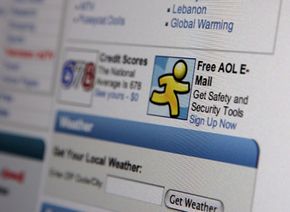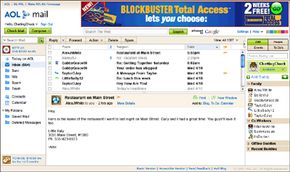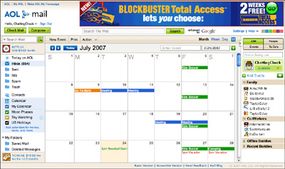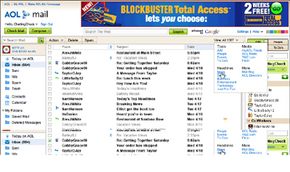AOL Mail, also called AIM Mail, is a recent development in America Online's long (by Internet standards) history. AOL has always offered e-mail service, but only to its paying customers and only through its proprietary, all-in-one software package. However, in the spring of 2005, AOL launched its first free Webmail service, known as AOL Mail.
AOL Mail differs from AOL's traditional e-mail program because it doesn't require special software, and it's available for free to anyone, not just AOL subscribers. AOL Mail, like other Web mail programs, runs over the Internet using standard Web browsers such as Internet Explorer, Firefox, Safari, et cetera. AOL Mail users simply go to mail.aol.com, enter their login information and start sending e-mails.
Advertisement
You can still download AOL's all-in-one Internet software and use the built-in e-mail program (the latest is called AOL Desktop and it's free). For the purposes of this article, we're going to focus on the Web mail version of AOL Mail.
AOL launched AOL Mail as part of its move from a subscriber-based service to a Web portal. By 2005, Yahoo, MSN and Google had already established themselves as free Web portals where visitors could catch up on news and access Web-based e-mail, IM and calendar programs [source: eWeek.com].
For AOL to compete in the Web portal race, it needed to up the ante, so it released AIM Mail with 2GB of free storage, a large number at the time. AOL now offers unlimited storage space with all AOL Mail accounts.
In this HowStuffWorks article, we're going to explain exactly how AOL Mail works, from setting up an account to the service's basic and advanced features. Let's get started.
Advertisement




